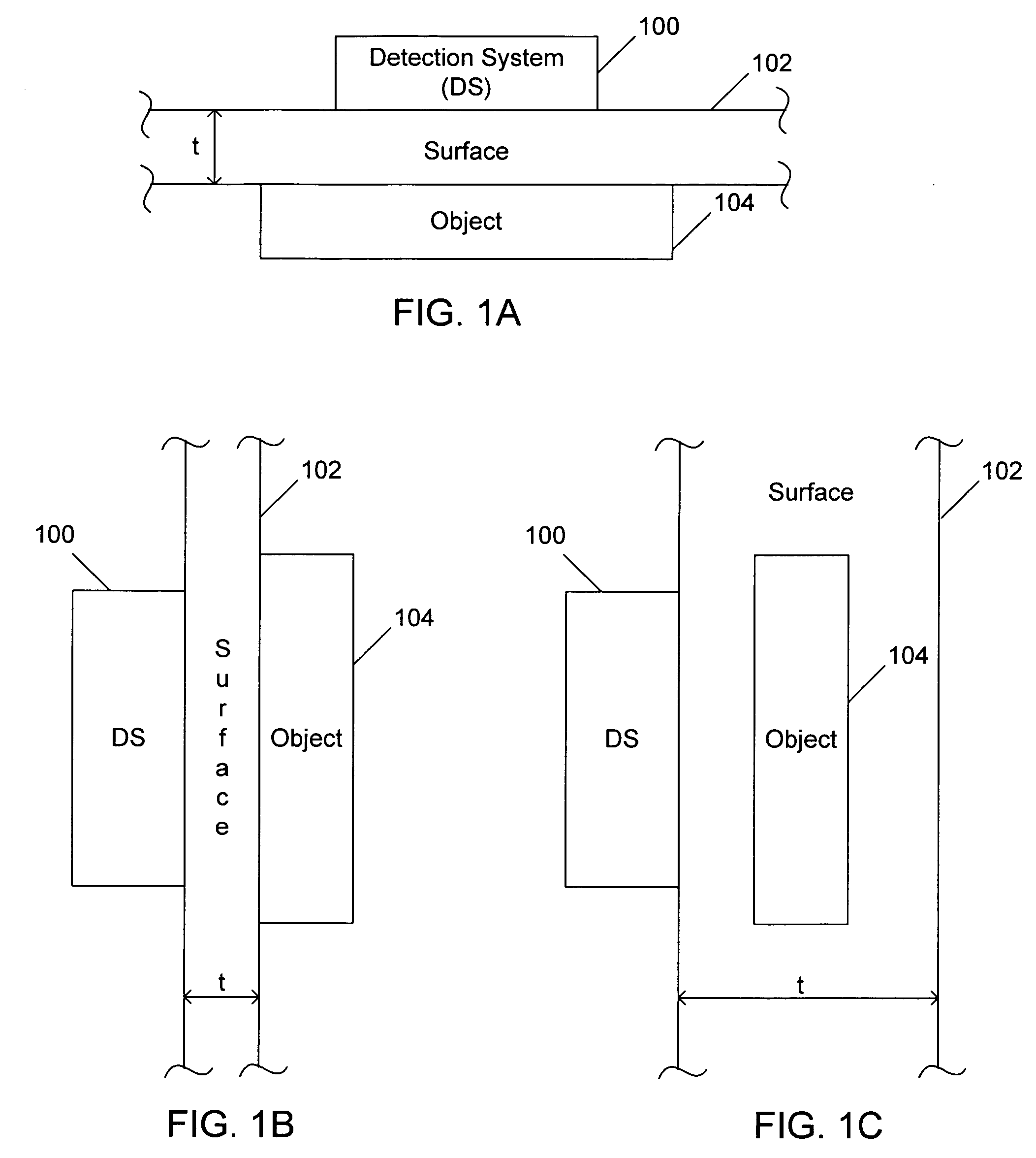Systems and methods for detection of dielectric change in material and structure
a dielectric change and dielectric technology, applied in the field of detection objects, can solve the problems of dozens of injuries and deaths, incidents causing damage, and affecting the sensitivity of circuitry, so as to avoid being overloaded by a base signal, the effect of improving the sensitivity of the circuitry
- Summary
- Abstract
- Description
- Claims
- Application Information
AI Technical Summary
Benefits of technology
Problems solved by technology
Method used
Image
Examples
example 1
Detection of Optical Fibers
[0051]The phase of the displacement current may contain vital information about the nature of the dielectric material of an object. As illustrated below with reference to FIGS. 5-7, the phase of the signal may also be less sensitive to clutter than the amplitude. Thus, the electronic components of a system, such as system 300, may be selected with high bandwidth to minimize phase errors.
[0052]Three optical fibers, with diameters 0.039″, 0.064″, and 0.028″, respectively, were buried in the surface of a ¼ inch thick gypsum wallboard opposite of the side scanned with the dielectric detector system. The fibers were detected as shown in the image provided in FIG. 5. Because of the detector point spread function, each fiber appears as three bright lines above the dark blue background in the image. The additional, faint linear features at the upper and lower right are most likely the images of seams where the gypsum material was removed temporarily to accommodate...
PUM
 Login to View More
Login to View More Abstract
Description
Claims
Application Information
 Login to View More
Login to View More - R&D
- Intellectual Property
- Life Sciences
- Materials
- Tech Scout
- Unparalleled Data Quality
- Higher Quality Content
- 60% Fewer Hallucinations
Browse by: Latest US Patents, China's latest patents, Technical Efficacy Thesaurus, Application Domain, Technology Topic, Popular Technical Reports.
© 2025 PatSnap. All rights reserved.Legal|Privacy policy|Modern Slavery Act Transparency Statement|Sitemap|About US| Contact US: help@patsnap.com



